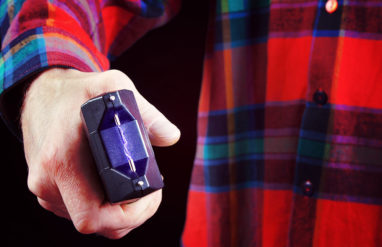fed up with old, angry phrases?
Ever felt up in arms? Or have you seen red? Maybe you were so upset once you almost blew a fuse or a gasket! Don’t go blowing your top!
Anger and annoyance are normal emotions, although sometimes ( … a lot of times) we let them get the better of us. Everyone inevitably experiences these intense emotions, which is why there are so many idioms and words just to express feeling vexed.
Before you bite someone’s head off, here are some more modern ways to say you’re angry or show that you’re really upset. So take a deep breath and read about these new expressions of frustration.























